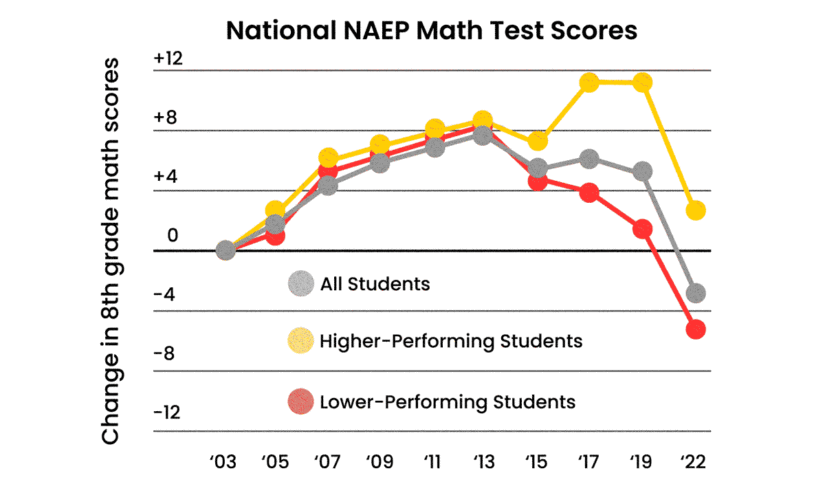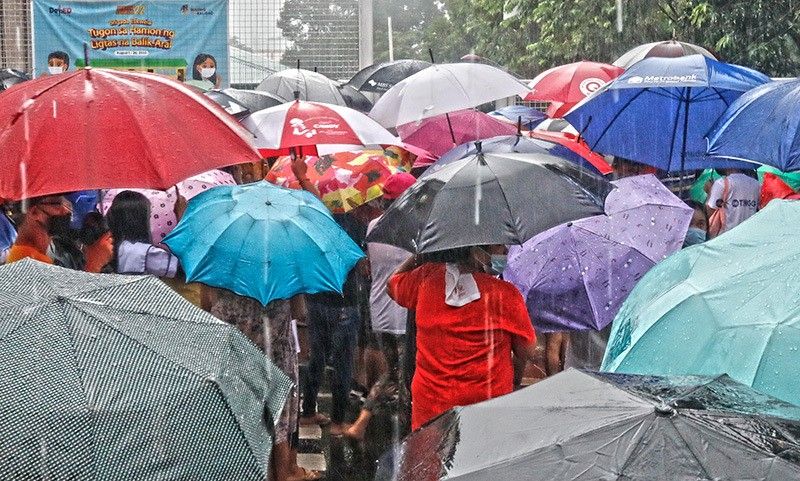Achievement Gap Widens as US Student Scores Remain Low
NAEP results show declining reading and math skills among American students, worsening COVID-19 learning setbacks. The achievement gap widens as low-performing students struggle, sparking debate on education policies.

National Assessment Reveals Declining Performance
The NAEP, often referred to as the "Nation’s Report Card," shows that student performance has not significantly improved since the COVID-19 pandemic disrupted education. In fact, scores in reading and mathematics have stagnated or declined in many states, raising concerns about the long-term impact on academic achievement and workforce readiness.
According to the report:
-
Math scores for eighth graders fell by an average of three points compared to pre-pandemic levels.
-
Reading proficiency among fourth graders remains below 2019 levels, with only 33% meeting grade-level expectations.
-
Achievement gaps between racial and socioeconomic groups have widened, with Black, Hispanic, and low-income students disproportionately affected.
Causes Behind the Widening Achievement Gap
Education experts point to several factors contributing to the growing disparity in student performance:
-
Remote Learning Gaps – The transition to online learning during the pandemic left many students behind, particularly those without reliable internet access or support at home.
-
Teacher Shortages – A decline in the number of qualified educators has led to larger class sizes and reduced individual attention for struggling students.
-
Funding Inequities – Schools in low-income districts receive less funding per student, impacting access to quality teachers, technology, and enrichment programs.
-
Mental Health Crisis – Increased anxiety and depression among students have further hindered academic progress.
Policy Responses and Proposed Solutions
In response to the troubling trends, federal and state officials are introducing new initiatives to close the achievement gap:
-
Expanded Tutoring Programs – The U.S. Department of Education is investing in high-dosage tutoring to provide targeted academic support.
-
Increased School Funding – Several states are pushing for more equitable funding models to ensure all students have access to quality education.
-
Enhanced Teacher Recruitment and Retention Efforts – Programs to offer higher salaries and better training opportunities aim to address the teacher shortage.
-
Early Literacy and STEM Initiatives – Policymakers are focusing on strengthening foundational skills in reading and math through early intervention strategies.
Future Outlook
While these efforts aim to mitigate the impact of learning loss, education advocates stress that long-term, systemic changes are needed. Without sustained investment in education equity, the U.S. risks falling further behind in global academic rankings, impacting economic growth and innovation.
As educators and policymakers continue to grapple with these challenges, parents and communities are also being urged to play an active role in supporting students’ academic success. The coming years will determine whether these interventions are enough to reverse the trend and close the growing achievement gap.
What's Your Reaction?












/https://tf-cmsv2-smithsonianmag-media.s3.amazonaws.com/filer_public/54/66/546650fa-26a4-40fd-8d6d-5a7a04540f81/rosetta2.png)
:max_bytes(150000):strip_icc():focal(999x0:1001x2)/robert-prevost-050825-1-39395418ab494da5a3a700c9478e66c8.jpg)















































format(webp))
format(webp))


























